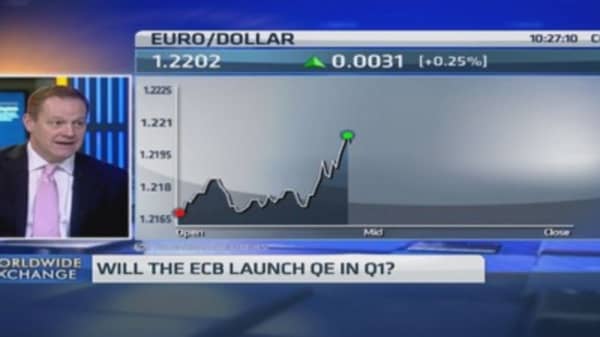The accelerating U.S. economy is on course to generate this year a trade deficit of $700 billion – about 4 percent of its gross domestic product (GDP) – which can be considered as America's net contribution to the growth of the world economy in 2014.
That remarkable achievement must be credited to the Federal Reserve's effective crisis management. Working against the headwinds of a sharply tightening fiscal policy, and the lingering problems in the financial system, the Fed has made it possible for the economy to bounce back from the widespread ravages of one of its worst financial crises on record.
The unusually long and fragile convalescence of the U.S. economy, and the huge losses of output and employment, reflect the severity of the crisis. And to understand the complexity of the Fed's task in overcoming the Great Recession and its aftermath, one should also note that the U.S. financial system returned to pre-crisis conditions only in the second half of last year. It took that long to get the banks' borrowing at the Fed (a distress signal for institutions that can't raise funds in private markets) down to levels seen in the months preceding the onset of the financial crisis in the second half of 2008.
This flashback is useful to remind ourselves of where we are coming from, while the markets and financial analysts exult at signs of a long-awaited cyclical upswing. They don't seem to think that the present euphoria may lead the Fed to take away the proverbial punch bowl sooner than generally thought. After all, the growth rate of 2.5 percent in the first three quarters of this year strongly suggests that the U.S. economy may have already hit the limits of readily available capital and labor resources.
Difficult steps ahead
Clearly, the Fed is facing a tough task of crafting an effective policy response. That is particularly difficult at a time, as is the case now, when the economy begins to accelerate. Under those circumstances, it takes an unusual ability – and a huge amount of luck – to correctly read the business cycle dynamics in order to administer an adequate amount of properly paced credit restraint to keep output and employment on a sustainable noninflationary path.






